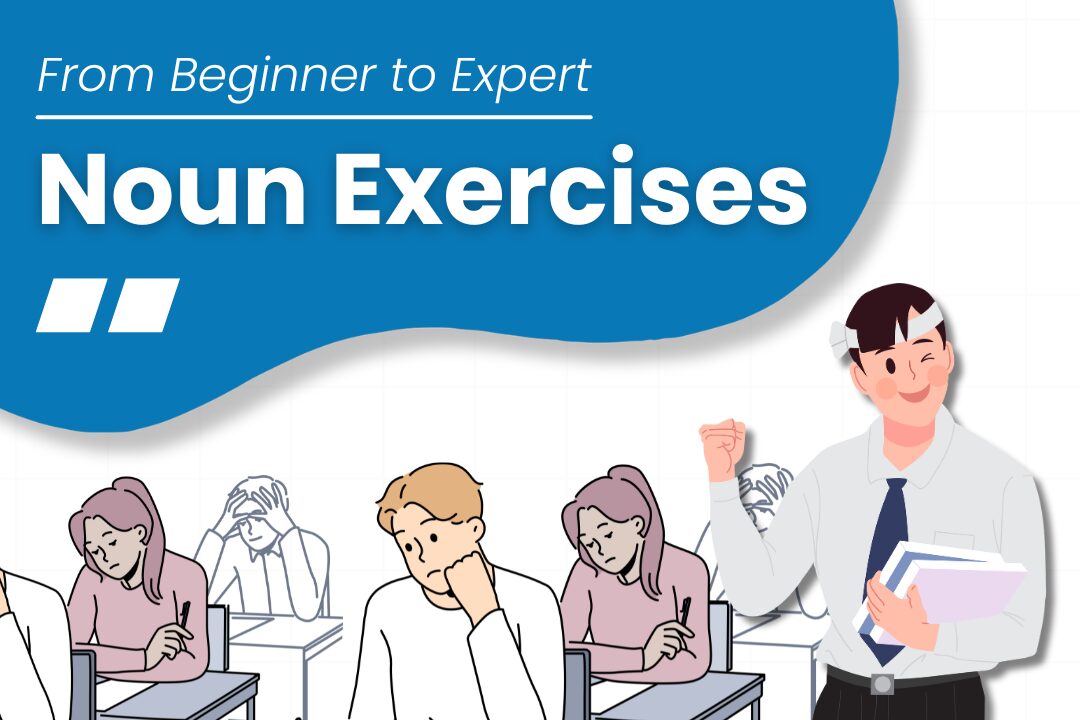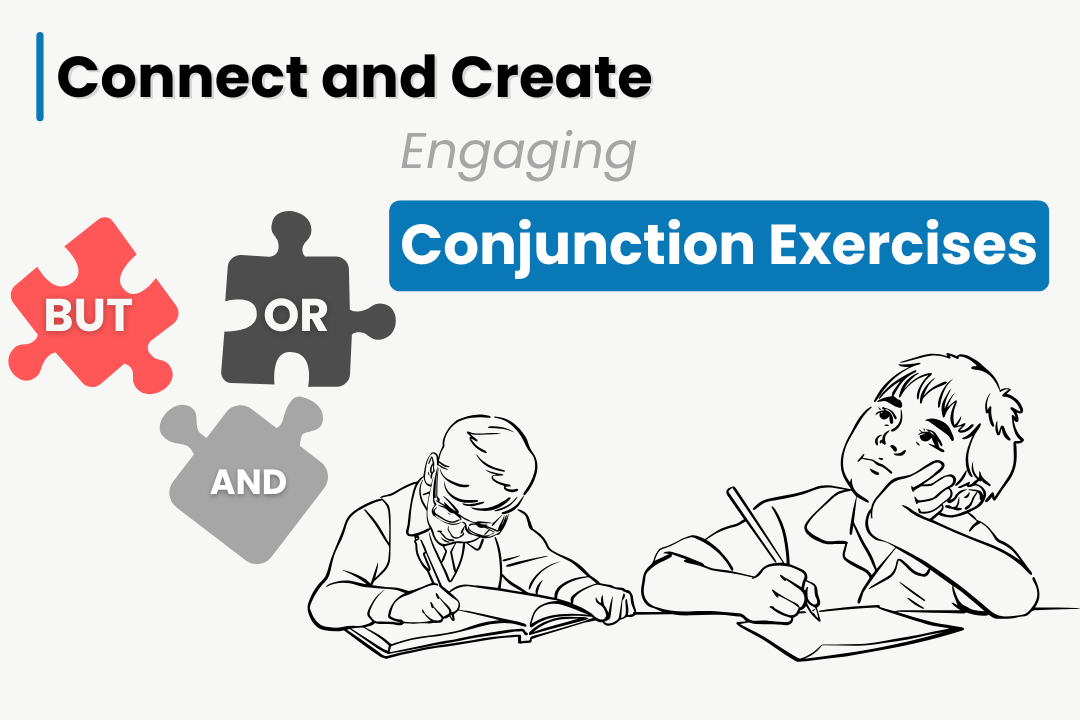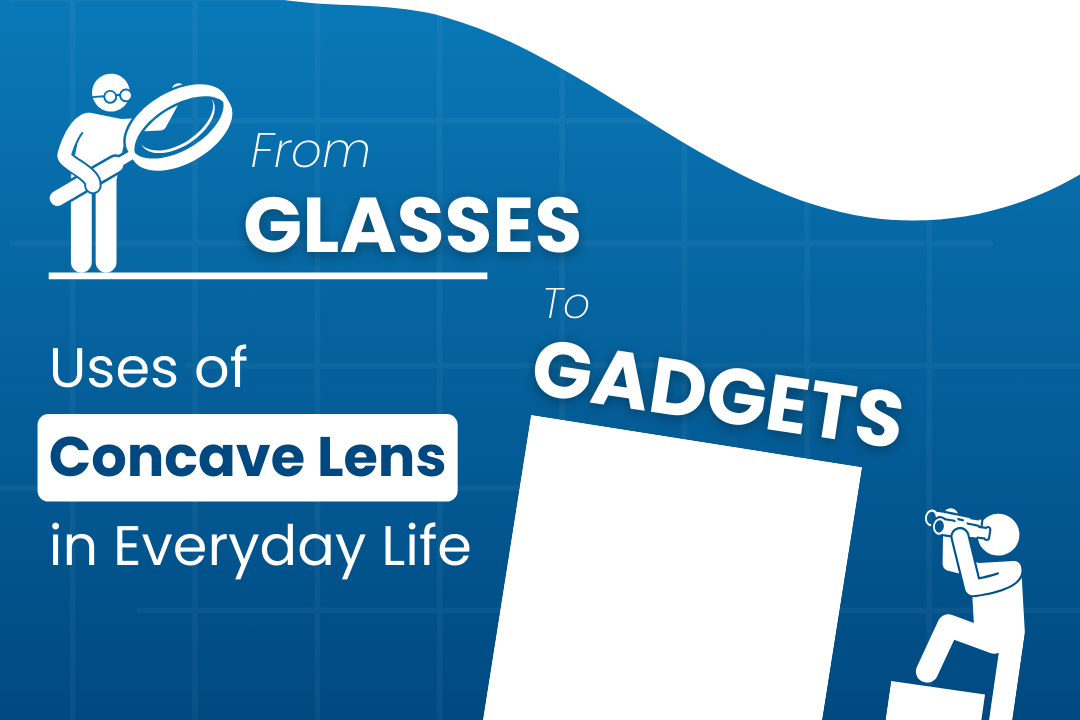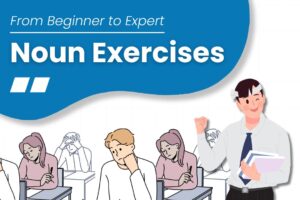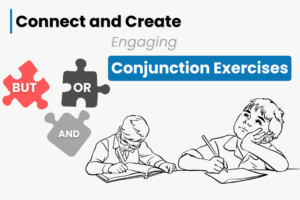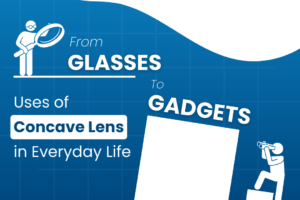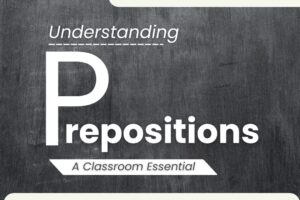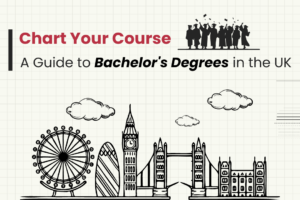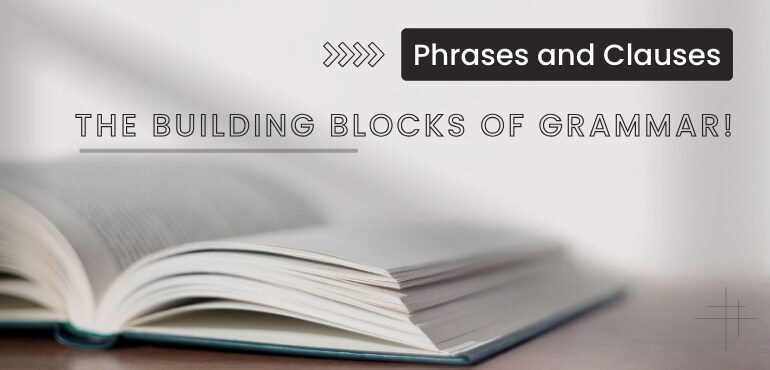
Tenth-standard students need to understand phrases and clauses in English grammar. A student can enhance his/her writing skills, structure sentences effectively, and improve comprehension. A student can easily express ideas clearly and identify different types of sentences using phrases and clauses. Learning about phrases and clauses can enable students to communicate ideas accurately in both spoken and written versions. Exercises for phrases and clauses can further help in mastering these concepts.
What is a Phrase?
A phrase is a group of words that create part of a clause. It does not contain any subject or finite verb. A phrase cannot convey a complete meaning by itself. It helps in completing a sentence and making it meaningful. Phrases are associated with people, things, or events.
Here are a few examples of a phrase:
- In the shopping mall
- Was waiting
- The palatial mansion in the dense forest
After reading the examples of phrases, it is easily understood that phrases alone neither complete the sentence nor any concrete meaning is coming out of the phrases.
What are the Different Types of Phrases?
A phrase can act as a noun, adjective, preposition, or adverb in a sentence. There are 5 types of phrases based on their functions in a sentence.
- Noun Phrase
- Adjective Phrase
- Verb Phrase
- Adverb Phrase
- Prepositional Phrase
Noun Phrase
A noun phrase is the term for a group of words in a sentence that functions as a noun. A noun phrase consists of nouns and other related words like modifiers and determiners which can modify the noun.
In a noun phrase, the noun is usually placed as the head-word and the determiners and modifiers usually sit before or after the noun.
In a sentence, the entire phrase is used as a noun in the sentence.
Example:
- The small and little house
Here, ‘house’ is the head word or core noun, and small and little are adjectives modifying the house.
- Three colorful balloons
Here, ‘balloons’ is the head word or core noun, and three and colorful are adjectives modifying the balloons.
Adjective Phrase
A phrase that acts as an adjective in a sentence is known as an adjective phrase. An adjective phrase usually modifies a noun or a pronoun in a sentence.
To find an adjective phrase in a sentence, a student needs to find out the adjective first and which words are adding meaning to the adjective.
Example:
- The cat with the gray hair starts chasing a mouse.
Here, ‘with the gray hair’ is the adjective phrase.
- The lady with short hair was feeding the pigeons.
Here, ‘with short hair’ is the adjective phrase.
Verb Phrase
A phrase that is constructed of a verb and another word is known as a verb phrase. It further illustrates the verb tense, action, and tone.
Common verb phrases usually have a main verb and a helping verb.
Example:
- Mr. Rungta has been participating in the business conference for many years.
Here, ‘has been participating’ is the verb phrase.
- The old man slowly walked through the lonely lane.
Here, ‘slowly walked’ is the verb phrase.
Adverb Phrase
A phrase that acts as an adverb to modify the main phrase of a sentence is called an adverb phrase or an adverbial phrase. Adverbial phrases are sometimes made of two adverbs. One adverb sometimes modifies or qualifies the other adverb in the sentence.
Example:
- Stuart finished his homework very quickly.
Here, ‘very quickly’ is the perfect example of an adverb phrase that consists of two adverbs.
- The student answers all the questions cautiously but confidently.
Here, ‘cautiously but confidently’ is the perfect example of an adverb phrase that consists of two adverbs.
Prepositional Phrase
Prepositional phrases start with prepositions and add details to nouns, pronouns, or other phrases. This noun, pronoun, or noun phrase is considered the object of the preposition.
A prepositional phrase can be placed at the beginning, middle, or end of a sentence.
Example:
- The toy is under the table.
Here, ‘under’ is the preposition, and ‘table’ is its object. The prepositional phrase, ‘under the table’ clarifies the relationship between ‘toy’ and ‘under the table.’
- She went to the medical shop for some medicine.
Here, ‘to the medical shop’ and ‘for some medicine’ are the two prepositional phrases. While ‘to’ and ‘for’ are the prepositions and ‘medical shop’ and ‘medicine’ are the objects.
What is a Clause?
A clause is a group of words consisting of a subject and a finite verb. Every complete sentence contains at least one clause. The subject of a clause can either be mentioned or hidden but the verb will always be prominent.
Here are a few examples of a Clause:
- Because George won the chess match
- Aaron did not wish to participate
- After he finished his breakfast
After reading the examples of clauses, it is easily understood that a clause is a group of words containing a subject and a finite verb. Clauses are part of complex or compound sentences. A tenth-grade student should learn about clauses to create sentence structure properly.
What are the Different Types of Clauses?
There are two different types of clauses we use in a sentence. These are the Independent clauses and the Dependent clauses.
Independent Clause
The independent clause is also known as the principal clause. It has a subject and a verb and it can fit in a sentence independently.
Example:
- When I went to the temple, the priest was offering prayers to God.
Here, ‘the priest was offering prayers to God’ is the independent clause. The clause has a subject and a verb. It can fit in a sentence independently.
- Santosh knows how to drive a car, although he prefers the metro to reach the office.
Here, ‘Santosh knows how to drive a car’ and ‘he prefers the metro to reach the office’ are both independent clauses; and can be used in a sentence independently.
Dependent Clause
The dependent clause is also known as the subordinate clause. It has a subject, a verb, and a predicate. A subordinate clause or a dependent clause needs the help of an independent clause to give a complete meaning to the sentence.
Example:
- I know the man who climbed Everest alone.
Here, ‘who climbed Everest alone’ is a dependent clause. This clause cannot create an independent sentence.
- If you don’t come with us, we won’t go without you.
Here, ‘If you don’t come with us’ is a dependent clause. This clause cannot create an independent sentence.
Now, we can have a look at the 3 segments of the Dependent clause as per grammatical rules.
Noun Clause
A noun clause or a nominal clause acts as a noun in a sentence. It is used as a subject or object in a sentence. Primarily, ‘wh’ words (Who, Where, What, When, Why, Which) are used in a noun clause.
Example:
- I like what I have seen in the movie.
Here, ‘what I have seen in the movie’ is the noun clause.
- I know why he is absent from school today.
Here, ‘why he is absent from school today’ is the noun clause.
Adjective Clause
An adjective clause acts as an adjective to qualify a noun or a pronoun in the sentence. Adjective clauses are also known as relative clauses and they are placed after the noun they qualify.
Example:
- The book that is on the table belongs to Devika.
Here, ‘that is on the table’ is the adjective clause modifying the noun ‘book.’
- The woman who helps me fix my car is a startup owner.
Here, ‘who helps me fix my car’ is an adjective clause modifying the noun ‘woman.’
Adverb Clause
An adverb clause acts as an adverb. It modifies a verb, adjective, or another adverb. An adverbial clause answers questions like ‘when’, ‘where’, ‘why’, and ‘how’ or starts with them.
Example:
- When the sun rises, we will start our morning walk.
Here, ‘when the sun rises’ is the adverbial clause, it modifies the main clause ‘we will start our morning walk.’
- Although she practiced hard, she failed to win any medal in the Olympics.
Here, ‘although she practiced hard’ is the adverbial clause, it is modifying the main clause ‘she failed to win any medal in the Olympics.’
What is the Difference between Phrases and Clauses?
In a sentence, the relation between phrases and clauses is very deep. While Phrases play the supporting part, clauses are the primary part of the sentence.
Now, we can have a look at the difference between phrases and clauses that is important to learn for tenth-standard students.
4 Differences between Phrases and Clauses
| Phrases | Clauses |
|---|---|
| Does not have a subject and a verb | Do have a subject and a verb |
| Phrases are part of a clause | Clauses are not part of phrases |
| Cannot express a complete idea | Can express a complete idea |
| Can modify a noun or a verb | Cannot modify a noun or a verb |
Conclusion
In this article, both phrases and clauses have been narrated elaborately. A tenth-grade student can learn the definition of both phrases and clauses, the examples, their segmentation, the relationship between phrases and clauses, and their differences.

